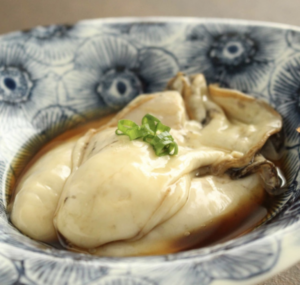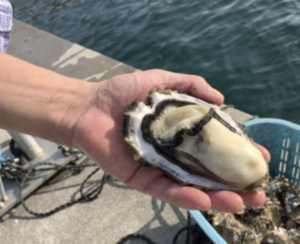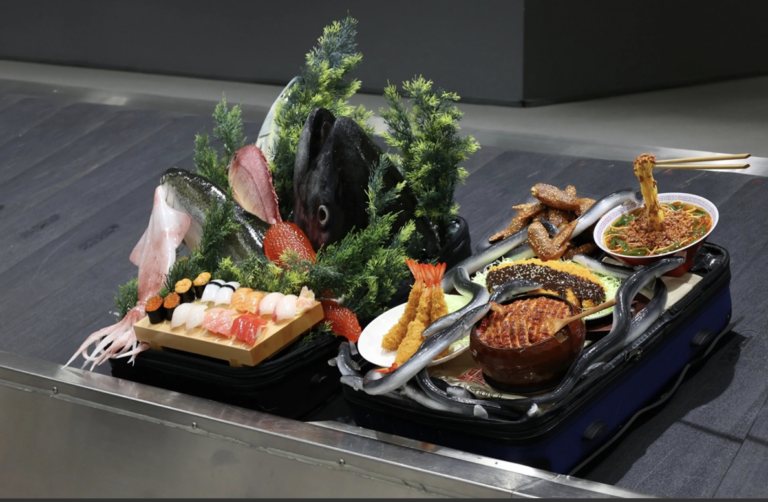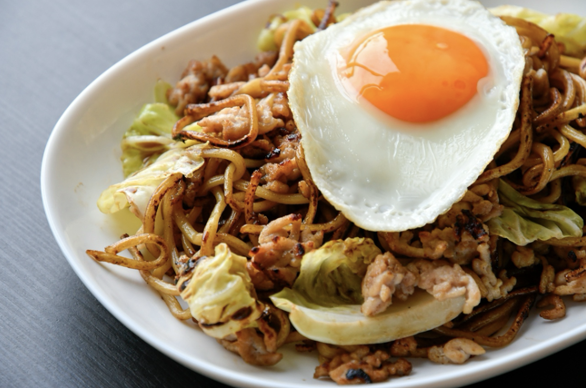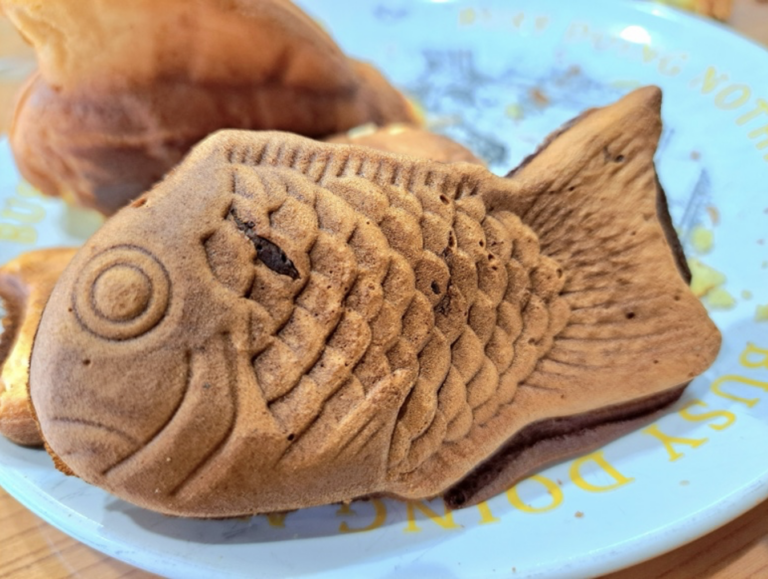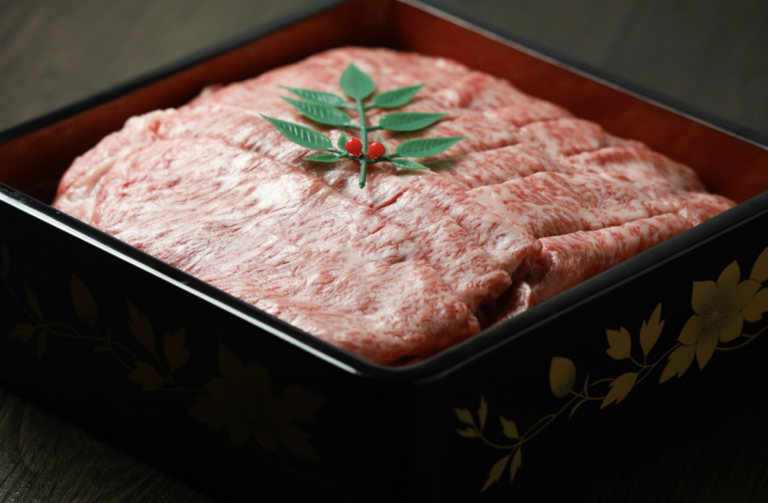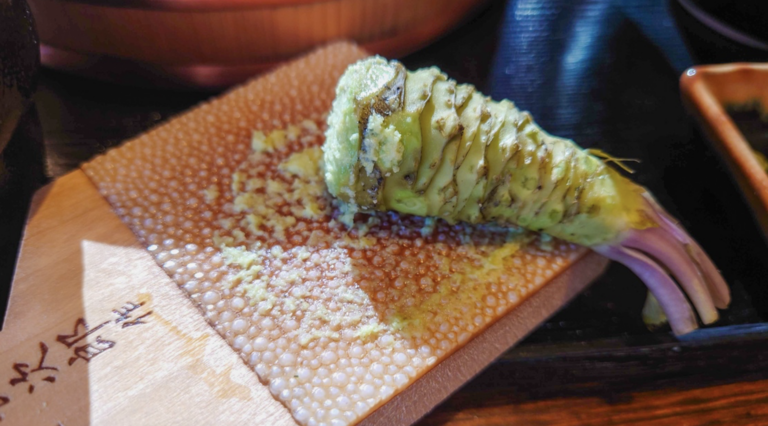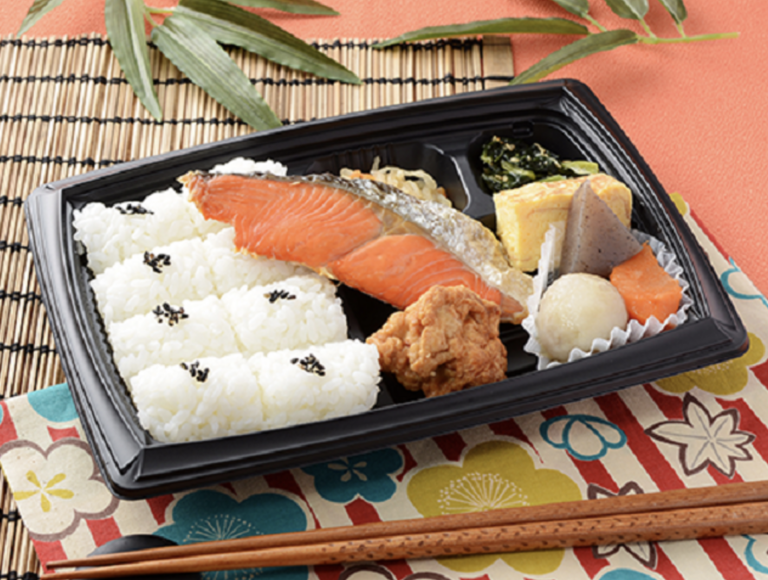Let‘s enjoy oysters: the taste of winter!
One food that is quintessential of Japanese winter is oysters.
They are creamy and juicy, and I love them. Relatively low in calories, they are full of many kinds of vitamins including vitamin A, B, C, and E, as well as minerals such as calcium, magnesium, and sodium. They also contain much more zinc than other foods. Zinc is essential for the synthesis of proteins and DNA, and deficiency of this may result in taste disorders and weak immunity.
Let’s leave the science behind and look at which regions have delicious oysters in winter.
Hokkaido prefecture
Oysters from Senposhi, Hokkaido, are considered top class. The meat is large, sweet, and rich. If eaten raw, it tastes incredible with sake. The recommended way to eat oysters is with vinegar:
Wash and rinse oyster meat with salt and drain. Make a mixture of vinegar, soy sauce, sugar and salt, dip the oysters in it and refrigerate for 30 minutes. Serve with a topping of green onions.
Iwate prefecture
Akasaki oysters from Obu and other areas in Iwate prefecture are another famous brand.
The Iwate prefecture area is considered one of the three major oyster fishing grounds, along with Norway and Canada’s Newfoundland.
Oysters are usually shipped out within a year, but here, only those that have been carefully raised over a period of three years are shipped out. Naturally, it takes longer and costs more, but because of this, they are sold at a higher price.
Oysters are raised by hanging them on ropes, and as the years go by, they become covered with accretions. This weakens the oysters, but Akasaki oysters are soaked in hot water at 65°C for 10 seconds once a year to remove impurities. That’s right! They take a bath every year! Oysters raised with so much love look like this:
Aren’t they too big? These huge oysters taste great battered.
Hiroshima
Hiroshima produces the largest number of oysters in Japan. They are in season from January to March, so now is the very best time to eat them. Hiroshima is famous for creamy and rich-tasting oysters. The region is unique in raising these delicious oysters. Water temperature, salinity, and the quantities of plankton are ideal, which is why they become so tasty.
By the way, there are two types of oyster: One for raw consumption and the other that need to be heated up before eating. The oyster’s freshness does not equate to being good for consumption. The difference is the place of origin and the purification process. Please do not eat oysters raw that require heating because they are subject to strict standards. You may get food poisoning and will not be able to enjoy your trip to Japan because of it.
Finally, I would like to introduce one more oyster that I highly recommend.
Oysters from Akkeshi, Hokkaido. They are thick and rich. This is the best oyster to eat fried.
If you are in Japan in winter, please try them:
ABE KENGO


